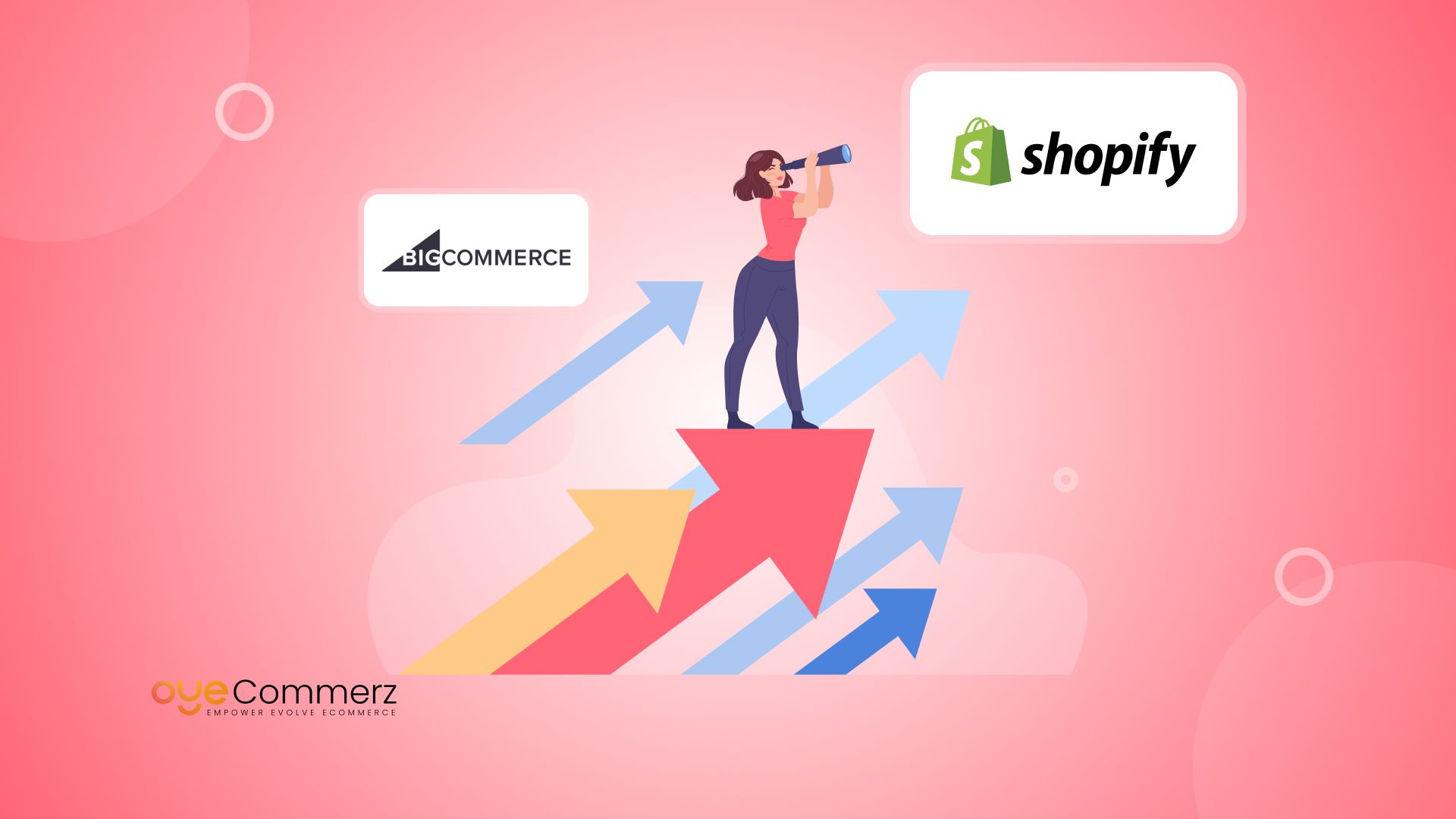Transitioning from WordPress to Shopify marks an promising step toward optimizing your online store processes. As businesses grow, selecting a solution that supports scalability, user experience, and customization is essential. Shopify has emerged as a favorite for e-commerce professionals, offering superior adaptability, data protection, and user-friendliness. In this guide, we’ll explore the transformative impact of this migration, highlight the advantages, and provide practical tips to facilitate a seamless move.
1. Top Reasons to Transition from WordPress to Shopify
WordPress, paired with WooCommerce, continues to support countless e-commerce platforms. However, as companies expand, issues like plugin dependency, data risks, and technical complexities can hinder growth. Shopify, specifically created for digital retail, addresses these concerns with an all-in-one, intuitive platform. Statistics back this shift—Shopify powers over 4.4 million stores globally, with a reported 10% increase in sales performance for numerous merchants after migration.
2. Shopify's Advantages for Thriving Online Stores
Shopify’s powerful platform is tailored for scaling businesses. Its standout features are:
- Seamless Customization: Shopify offers over 80 professionally designed themes.
- Integrated Tools: Features like Shopify Payments and built-in SEO streamline operations.
- International Expansion: Multi-currency support and regional customization empower businesses to expand internationally.
Additionally, Shopify boasts an availability percentage of 99.98%, ensuring your store is always operational.
3. Preparing for WP to Shopify Migration
Prior to starting the migration process, assess your current store. Review product data, client information, and SEO performance. Tools like Shopify’s Migration Kit or third-party solutions help ease the transition. Create a comprehensive plan, making sure all assets—product descriptions, images, and articles—are ready for seamless import.
4. The Importance of Accurate Data Migration
Transferring your data forms the foundation for a successful platform switch. When migrating from WP to Shopify, prioritize:
- Product Information: SKU, item summaries, and groupings. Shopify migration process
- Customer Data: Emails, purchase records, and custom fields.
- Search Engine Considerations: Preserve meta tags, URLs, and redirects to avoid SEO losses.
Leverage tools such as LitExtension to facilitate seamless migration while reducing mistakes.
5. Customizing Your Shopify Store
After the move, customizing your Shopify store helps it aligns with your brand. Take advantage of Shopify’s intuitive page builder to design pages effortlessly. Shopify's templates are optimized for all devices, ensuring a seamless UX across platforms—a key point, since 74% of online shopping is generated by mobile visitors.
6. Maintaining SEO During Migration
SEO is vital for maintaining your online presence during migration. Shopify is highly optimized for search engines with clean URL structures, preloaded features, and seamless blog integration. Ensure:
- Implement 301 redirects for existing links.
- Optimize new pages with targeted phrases.
- Leverage plugins like Plug in SEO to monitor performance after the switch.
7. Post-Migration Testing
Once the migration is complete, run detailed checks.
Review: - Page load times (Shopify boasts faster speeds in contrast with WP).
- Payment integration reliability and transaction flow.
- Adaptability across devices.
Quality assurance guarantees your store delivers a smooth shopping journey from day one.
8. Real-Life Success Story
One such migration success story is Gymshark, a fitness apparel brand that moved to Shopify. Post-migration, the company experienced a 60% boost in mobile sales and significantly lowered site downtime. This highlights the potential of Shopify in driving e-commerce growth.
9. Challenges and Solutions
Migration is not without obstacles, such as data integrity and adjusting tailored features. However, Shopify’s robust support and third-party experts make overcoming these hurdles manageable. Collaborating with experienced Shopify developers ensures a smooth transition.
10. Making the Switch: The First Step Toward Success
Migrating from WP to Shopify represents a strategic approach to online retail. By addressing scalability, streamlining operations, and enhancing the WooCommerce alternative Shopify customer experience, Shopify enables companies to thrive in competitive markets.
Conclusion
Transitioning from WordPress to Shopify is a strategic move that can greatly enhance your online business performance. With a robust migration plan, the appropriate resources, and professional guidance, you can achieve new success milestones.
Ready to make the leap? Let’s discuss how our Shopify migration services can transform your e-commerce platform. Get in touch today, or consider: Is it time to seize Shopify’s advantages for your store?
